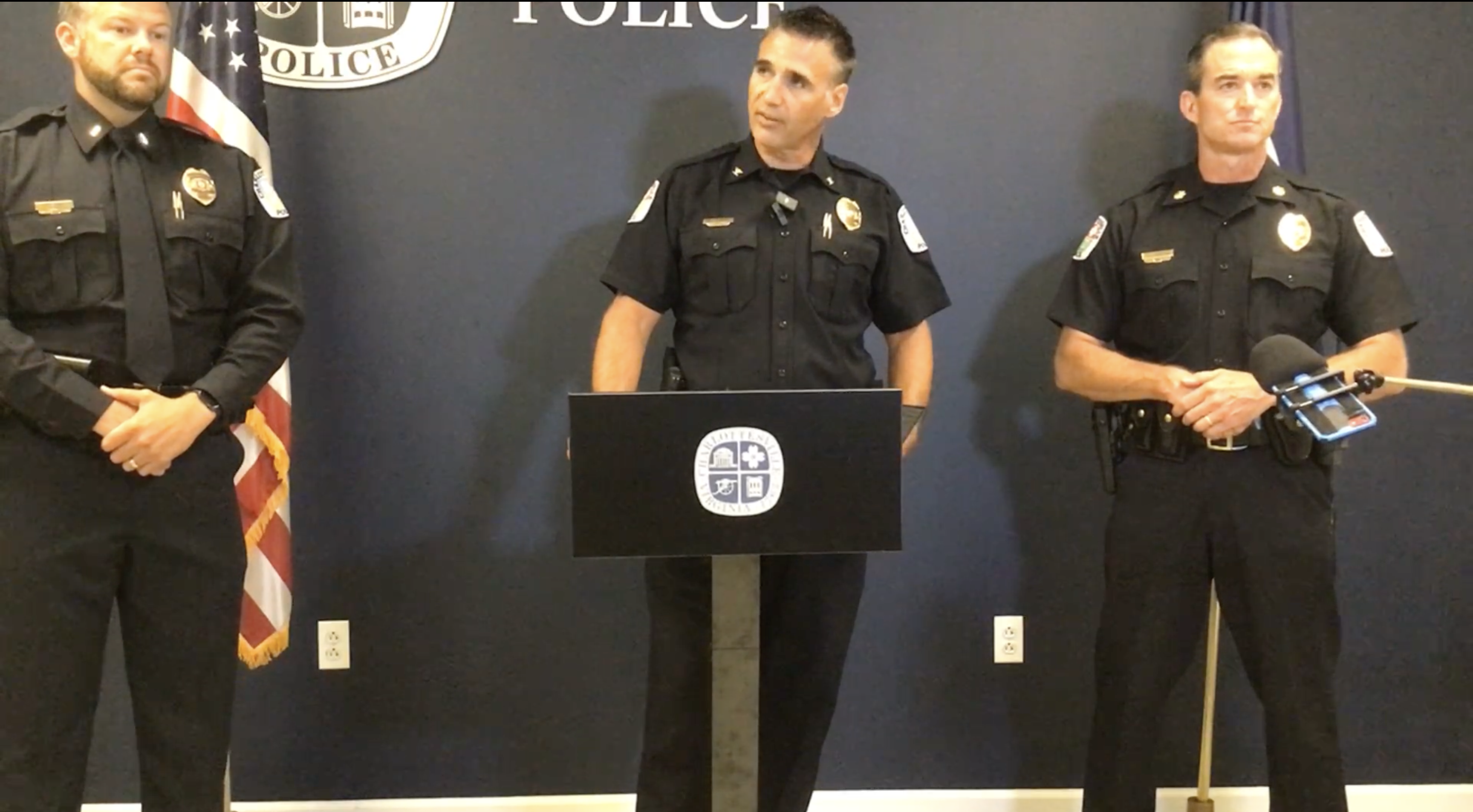ACC: The Atlantic Coast Conference (ACC) boasts historical dominance in the game of basketball. Splitting from the Southern Conference in the 1950s, the ACC is home to UVA, but also two teams that have dominated basketball since the 1980s—the University of North Carolina (UNC) and Duke. The conference recently expanded to 12 from nine teams, picking up Boston College, Miami and Virginia Tech. Basketball fans grumbled that it was for football reasons, but the party line now is that it has been good for basketball as well. If you want to pick a fight on the subject, argue that the expansion makes conference scheduling unbalanced because not all teams play all the other teams twice. ACC fans tend to dislike mid-majors for stealing their tourney berths. [See “Mid-major.”]
Bracket: Single page chart showing the NCAA tournament field positioned by seed. To enter an office pool, you must fill out a bracket, predicting the outcome of all 63 games (the play-in game does not count [see Play-in game]). In order to feel smug about your bracket, you must pick a few dramatic upsets, such as a No. 15 seed beating a No. 2 seed and possibly two No. 13 seeds beating No. 4 seeds. Never pick a No. 16 seed to beat a No. 1 seed, unless you wish to pick against history. [See “Seed”; “NCAA Tournament.”]
Bubble team: Refers to a team that was not guaranteed one of the 65 spots in the tournament. One spot is guaranteed for the winner of each of the 31 Division I conferences, leaving 34 at-large spots, most going to teams from power conferences. Inevitably, the last choices for inclusion spark some controversy because of perceived snubs of other teams and other conferences. If your bar companion grumbles that [TEAM NAME] shouldn’t even be in the damn tourney, respond, “Hey, maybe they’ll be this year’s George Mason.” [see “George Mason.”]
Dick Vitale: The most annoying and enthusiastic color commentator in the game of college basketball, Vitale is prone to verbal incontinence and has made a career of repeating ad naseum, “That’s awesome, baby!” and other phrases like, “Check out the diaper dandy!” (referring to an “awesome” freshman). Now he can also be seen on Hooter’s commercials, looking as if he were paid for the spot with a bottle of tequila. If Vitale is referenced, groan and shake head with a wry grin.
Final Four: Refers to the last four teams left in the tournament. Other elimination tournaments would call this the semifinals and finals, but college basketball has to be different. Unless the other guy on the barstool is a fan of Duke, Kentucky, UCLA or UNC, he’d be ecstatic if his team made it to the Final Four. Other odd references to tourney stages, all referring to the number of teams remaining: Sweet 16, Elite 8.
George Mason: Inevitably, someone will say, “I really think [TEAM NAME] is this year’s George Mason.” Of course, no year had a George Mason until last year, when the 11th seeded team from Northern Virginia improbably made it to the Final Four, beating along the way Michigan State, UNC and Connecticut. Only mid-majors can be “this year’s George Mason.” [See “Mid-major.”]
Kevin Durant: This year’s “it” guy, Durant is a lanky, baby-faced freshman forward playing for the University of Texas, hyped as the Second Coming. If Barstool Bill says [PLAYER NAME] is the best, respond, “What about Kevin Durant? That guy’s amazing.” For a fun debate, ask whether Durant or Greg Oden (a 7′ freshman who looks like an old man and plays for Ohio State) should be the No. 1 pick of the NBA draft. If Barstool picks Oden, argue that Durant “has the most upside.”
Mid-major: Generally used to refer to a conference with good teams but is not a so-called power conference, which include: ACC, Big East, Big 10, Big 12, Pac-10 and SEC. This year, the most discussed mid-majors include Nevada, Southern Illinois, Butler, Brigham Young and Winthrop, as well as perennial mid-major contenders like Gonzaga and Memphis. No matter what seed these teams have, it is acceptable to root for them because, as mid-majors, they will always be considered underdogs even if they’re playing lower seeds. [See “ACC”; “George Mason.”]
NCAA Tournament: Sixty-five-team single elimination tournament held annually to decide the men’s college basketball national champion. The field has expanded gradually since it was started as an eight-team tournament in 1939 by the National Collegiate Athletic Association (NCAA). To win the tournament, a team has to win six straight games played over three weeks, mostly during the month of March (the Final Four is generally played the first weekend of April). [See “Final Four”; “Play-in game”; “Seed”; “Bracket.”]
Play-in game: The two lowest ranked teams in the entire tournament fight for the right to get trounced by a No. 1 seed. Never has a No. 1 seed lost in the first round. The outcome of the game is irrelevant to office pools, and only hardcore basketball fans are aware that the matchup exists. Many critics wish the play-in game would crawl back into the hole it came from, as it spoils the symmetry of 64. If referenced, mutter, “Stupid play-in game.” [See “Bracket.”]
Seed: In context of the NCAA tournament, seed refers to the relative ranking assigned to teams so that the best teams don’t play each other until the last rounds. The four best teams are given No. 1 seeds and theoretically will all play in the Final Four. However, in practice, this has never happened. Unless you are a fan of a higher-seeded team or have a stake in an office pool, you are required to root against them (for one more exception, see “Mid-major”).




